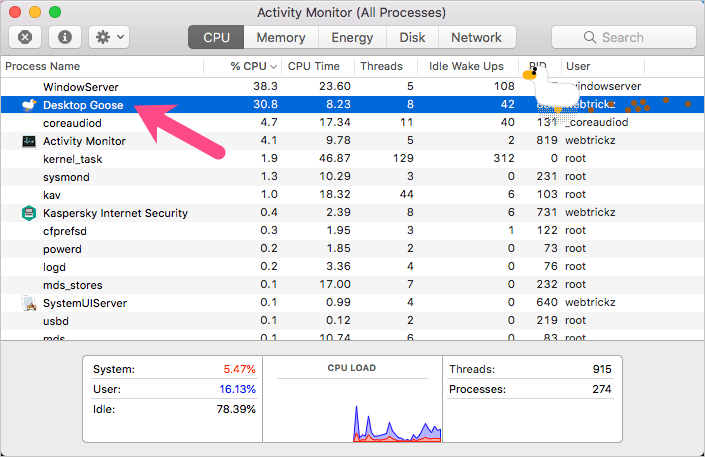

Process Monitor, a free tool from Microsoft, allows you to monitor file system activity in real-time and even having spent a limited amount of time using it I can already tell that it can provide a lot of information to help identify performance issues with file-based data sources.

With relational data source like SQL Server you can use tools like SQL Server Profiler to see the queries that are being run by Power Query, and I blogged recently about using Fiddler to troubleshoot OData performance issues but what about file-based data sources, which often present the most challenges regarding performance? Troubleshooting Power Query performance issues in Power BI and Excel can be difficult because it’s a bit of a black box: there’s nothing in the UI to tell you what’s going on inside the Power Query engine and the diagnostic logs are very difficult to interpret.


 0 kommentar(er)
0 kommentar(er)
